Solo trekking in foreign landscapes offers an unparalleled sense of adventure, self-discovery, and freedom. For many U.S. citizens, the allure of traversing remote mountain passes in Nepal, exploring dense rainforests in Costa Rica, or hiking ancient paths in Europe represents the ultimate travel experience.
However, venturing alone into unfamiliar territory abroad carries inherent risks that require careful preparation and awareness. This comprehensive guide provides essential safety strategies for American solo trekkers, balancing the thrill of independent exploration with practical precautions that can make the difference between an enriching journey and a dangerous situation.
Research Your Destination Thoroughly
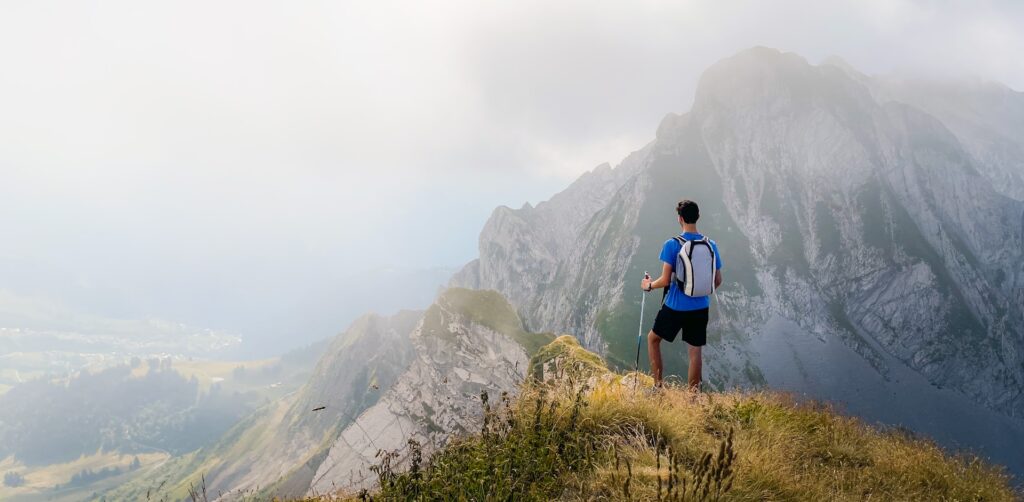
Before embarking on any solo trek abroad, comprehensive research about your destination is non-negotiable. Beyond studying trail maps and terrain, investigate the political stability, local customs, environmental hazards, and common crimes targeting tourists in the region. Check the U.S. Department of State’s travel advisories, which provide country-specific information about safety concerns, restricted areas, and emergency contacts.
Join online forums where experienced trekkers share recent firsthand accounts about trail conditions and safety issues that guidebooks might not cover. Understanding the cultural context—including appropriate dress, gestures to avoid, and basic phrases in the local language—can help you blend in better and avoid unwanted attention.
Register with the Smart Traveler Enrollment Program (STEP)
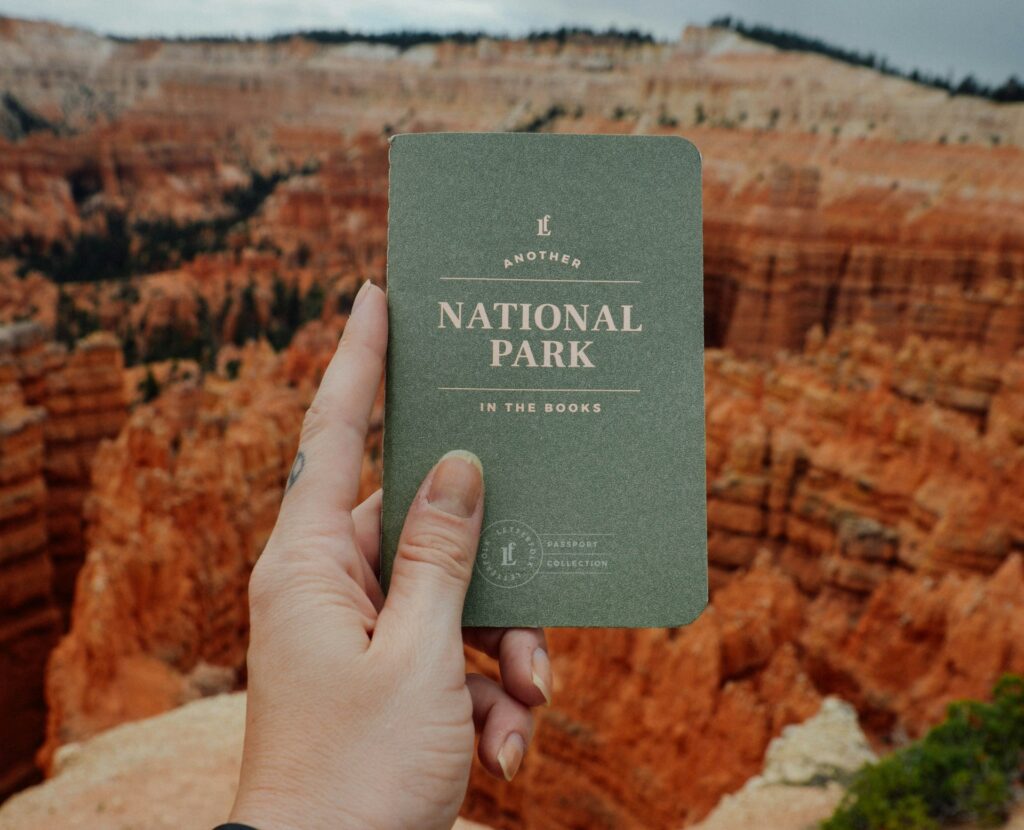
The Smart Traveler Enrollment Program (STEP) is a free service that allows U.S. citizens traveling or living abroad to register their trip with the nearest U.S. Embassy or Consulate. This registration enables the Embassy to contact you in case of an emergency, whether it’s a natural disaster, civil unrest, or family emergency back home.
It also helps family members reach you in case of an emergency on their end. STEP enrollment provides crucial updates about safety conditions in your destination country, helping you make informed decisions about your trekking plans. Many solo trekkers overlook this important step, but embassy assistance can be invaluable if you encounter serious trouble in remote areas.
Create a Detailed Itinerary and Share It
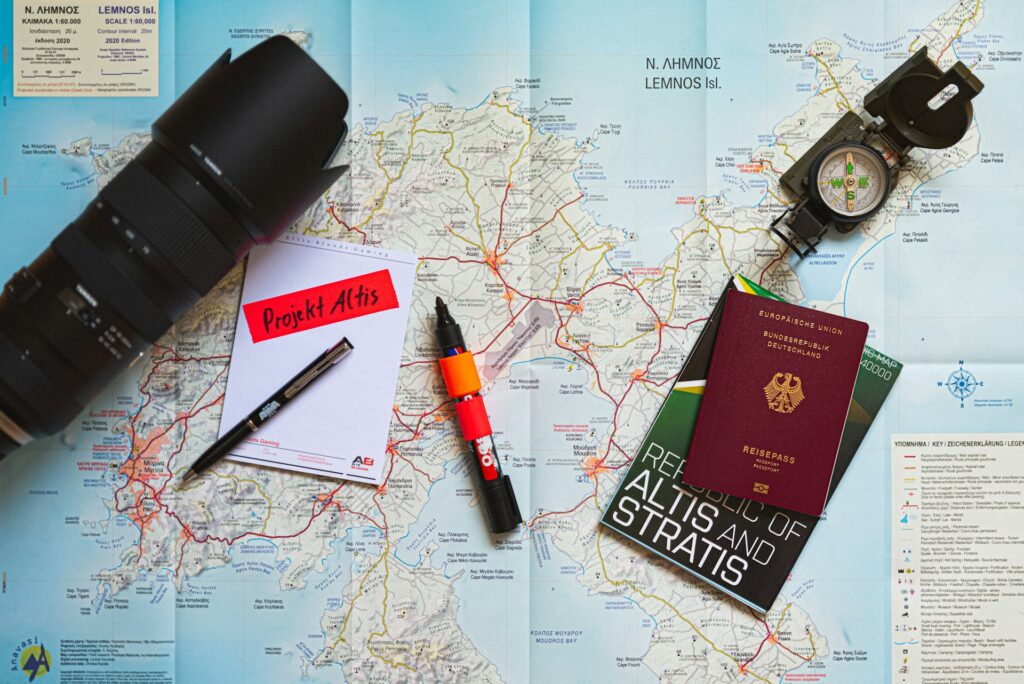
Before departing, develop a comprehensive itinerary that includes your planned routes, estimated daily distances, anticipated overnight locations, and expected completion date. Share this information with at least two trusted contacts back home, along with copies of your passport, visa, travel insurance details, and emergency contacts. Establish regular check-in protocols—whether daily or every few days—and be clear about when these contacts should alert authorities if they don’t hear from you.
Some solo trekkers use tracking apps that allow designated contacts to monitor their progress, providing an additional safety net. Remember to update your contacts about any changes to your itinerary as your journey progresses, as flexibility is often necessary when trekking.
Invest in Reliable Communication Tools
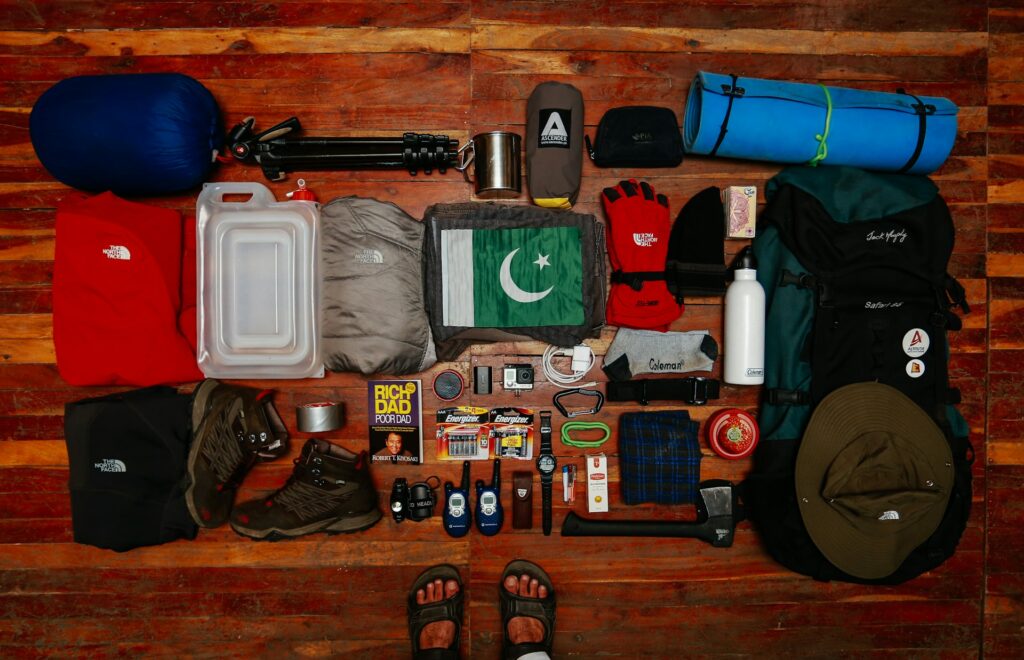
Cell service is often unreliable or nonexistent in remote trekking areas, making alternative communication tools essential for solo adventurers. Consider investing in a satellite phone, personal locator beacon (PLB), or satellite messenger device like a Garmin inReach, which allows two-way text communication and SOS functionality from virtually anywhere on the planet. These devices can literally be lifesavers in emergency situations, allowing you to call for help even in the most isolated locations.
Carry backup power sources such as solar chargers or extra batteries to ensure your communication devices remain functional throughout your trek. The peace of mind these tools provide often justifies their expense, particularly for lengthy or remote expeditions where traditional communication methods are unavailable.
Secure Comprehensive Travel Insurance
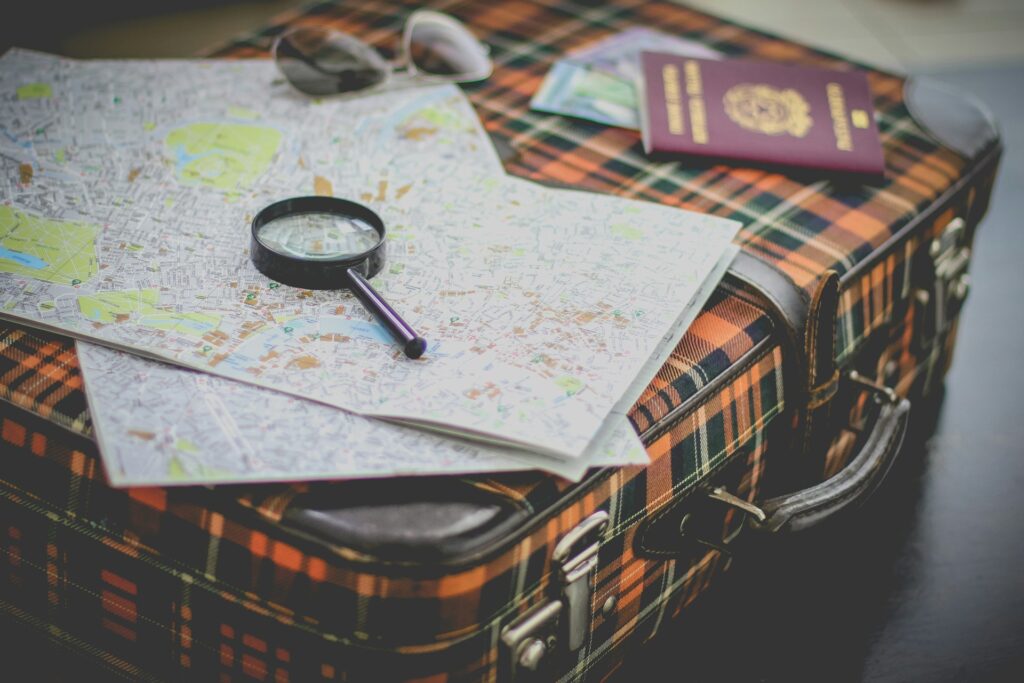
Standard travel insurance rarely covers adventure activities or emergency evacuations from remote areas, making specialized insurance critical for solo trekkers. Look for policies specifically designed for adventure travel that include high-altitude trekking, helicopter evacuations, search and rescue operations, and adequate medical coverage for your destination country. Policies should ideally cover at least $100,000 in emergency medical evacuation costs, as airlifts from remote areas can be extraordinarily expensive.
Verify that your insurance covers the specific activities you plan to undertake and the elevations at which you’ll be trekking. Keep digital and physical copies of your insurance documentation, including the international emergency assistance phone number, and understand the process for initiating a claim or requesting emergency assistance before you depart.
Pack Essential Safety Equipment
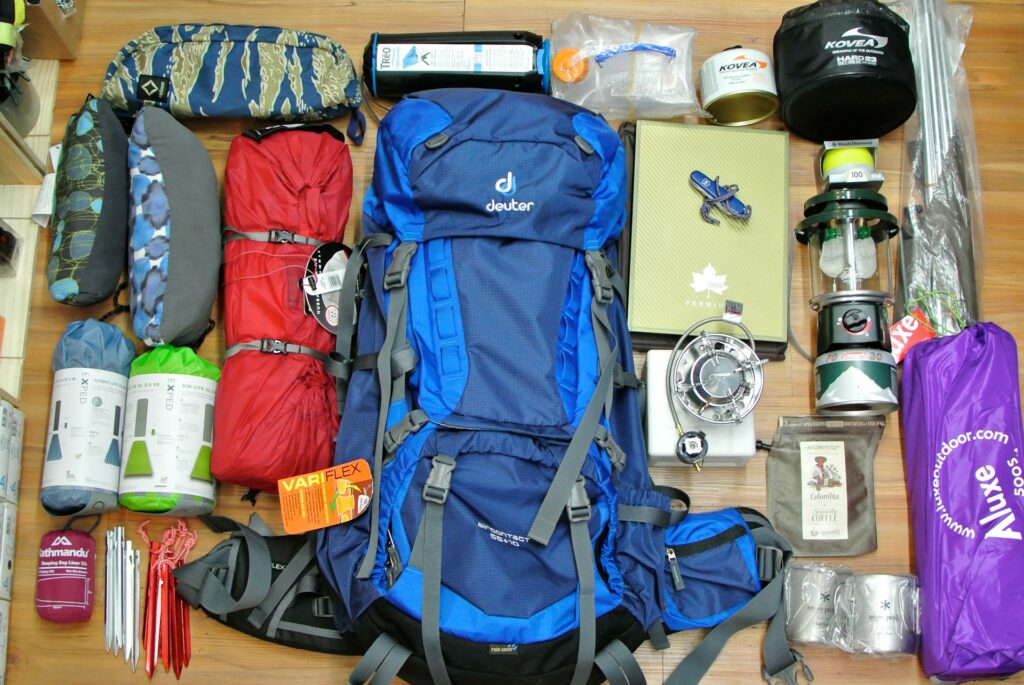
Your safety gear should be tailored to your specific trek, but certain items are universal necessities for solo adventurers abroad. A well-stocked first aid kit with prescription medications, altitude sickness remedies (if applicable), and treatments for common trail ailments is fundamental. Navigation tools should include both digital (GPS device with loaded routes) and analog backups (physical maps and compass) in case of electronic failures.
A multi-tool, emergency shelter, water purification system, signaling devices (whistle, mirror, and light), and fire-starting equipment provide crucial backup for unexpected situations. Weather-appropriate clothing with moisture-wicking base layers and waterproof outer layers can prevent hypothermia, while sun protection prevents exposure issues in high-altitude or equatorial regions. Consider the weight of each item against its potential life-saving value when packing for a solo trek.
Develop Essential Wilderness Skills
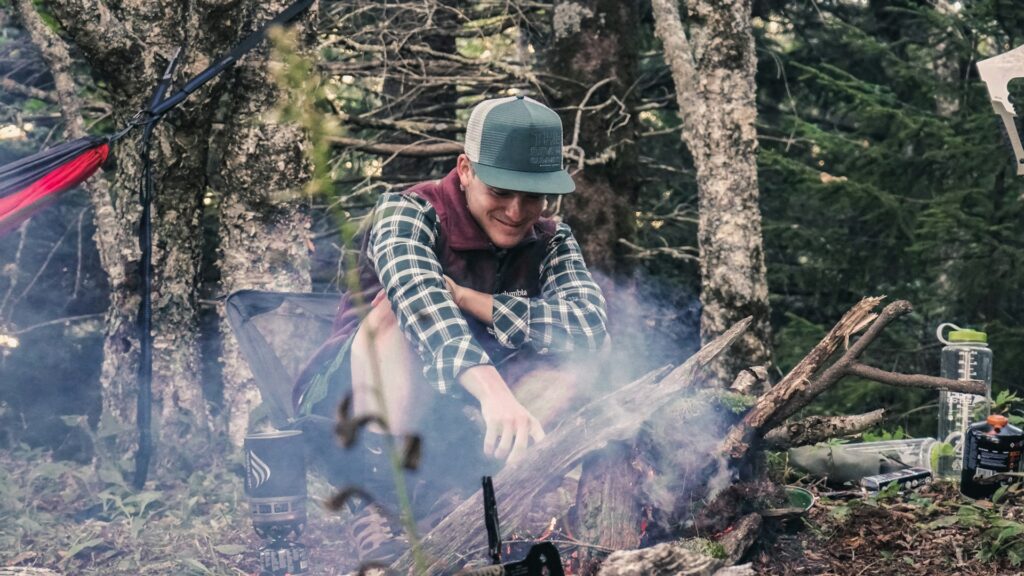
Solo trekking demands a higher level of self-sufficiency than group expeditions, making wilderness skills particularly important. Before your international adventure, invest time in learning or refreshing essential outdoor skills including navigation, basic first aid and wilderness medicine, weather prediction, emergency shelter construction, and signaling for help. Take a wilderness first aid course specifically designed for remote environments where medical assistance may be hours or days away.
Practice using all your equipment before departing, ensuring you can set up your shelter, operate your stove, and use your water purification system efficiently. The ability to make sound decisions under stress is perhaps the most valuable wilderness skill—developing good judgment through experience on progressively challenging treks prepares you for solo international adventures.
Understand Local Wildlife and Environmental Hazards

Each global trekking destination presents unique environmental challenges that require specific knowledge and preparation. Research potentially dangerous wildlife in your destination and learn appropriate responses to encounters, whether it’s bears in North America, venomous snakes in Australia, or large predators in Africa. Understand region-specific environmental hazards such as altitude sickness in the Himalayas, flash floods in desert canyons, avalanche risks in alpine environments, or tropical diseases in rainforest regions.
Learn to identify toxic plants or insects specific to your trekking location and carry appropriate treatments for common environmental injuries. Local guides or park rangers can provide the most current information about seasonal hazards that might not appear in guidebooks, making a pre-trek consultation invaluable for solo adventurers in unfamiliar ecosystems.
Consider Hiring Local Guides for Portions of Your Trek
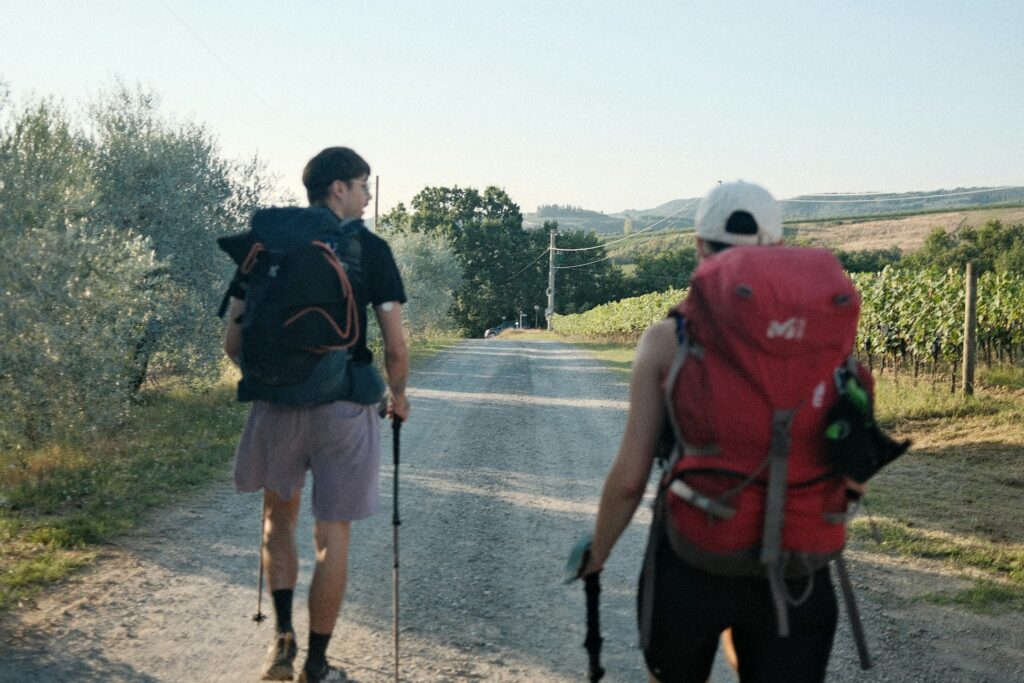
While the solitude of solo trekking is appealing, hiring local guides for certain sections doesn’t compromise your independence—it enhances your safety and enriches your experience. Local guides possess invaluable knowledge about trail conditions, weather patterns, cultural considerations, and hidden hazards that no guidebook can fully capture. They can facilitate interactions with local communities, help navigate confusing trail junctions, and provide assistance in emergency situations.
In many regions, employing local guides also contributes positively to the local economy and builds goodwill toward foreign trekkers. Consider hiring guides particularly for the most technical or remote sections of your trek, border crossings, or areas with complex navigation challenges, while maintaining your independence for other portions of your journey.
Manage Money and Valuables Strategically

Financial security requires special consideration when trekking solo in foreign countries. Distribute your funds across multiple formats—some cash (both U.S. dollars and local currency), a primary credit card, and a backup card stored separately from your main wallet. Research your destination’s banking infrastructure to understand where ATMs are accessible along your route and whether credit cards are commonly accepted in trekking regions.
Consider wearing a hidden money belt or pouch for your most important documents and primary funds. Many experienced trekkers keep an emergency cash reserve (usually US$100-200) hidden separately from their main funds to ensure they have resources if their primary money is lost or stolen. Before departing, notify your bank and credit card companies about your travel plans to prevent them from flagging legitimate transactions as suspicious and freezing your accounts.
Respect Local Customs and Build Community Connections
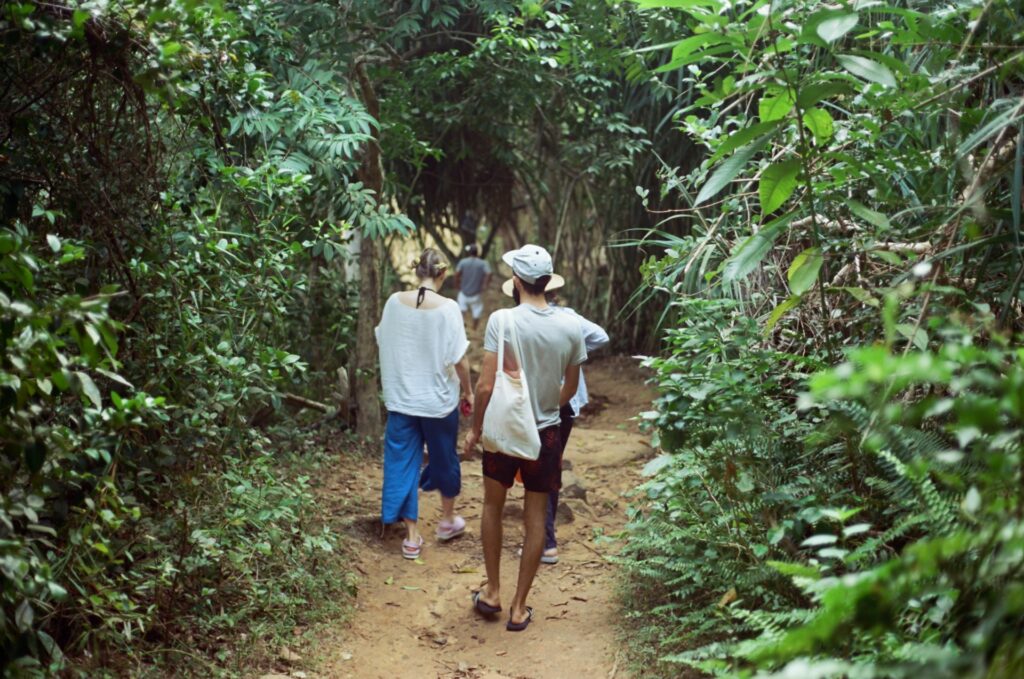
Safety while trekking abroad isn’t just about gear and skills—it also depends on positive interactions with local communities. Research and respect cultural norms regarding dress, photography, religious sites, and appropriate topics of conversation in the regions you’ll traverse. Learn basic greetings and phrases in the local language, as even simple attempts at communication demonstrate respect and often generate goodwill.
In many remote trekking regions, establishing connections with locals creates an informal safety network—people who know you’re passing through and might notice if you don’t arrive at your next destination. Female solo trekkers in conservative regions should research specific cultural expectations that might affect their journey, potentially adjusting dress or behavior to minimize unwanted attention while still maintaining personal boundaries.
Trust Your Instincts and Be Willing to Adapt
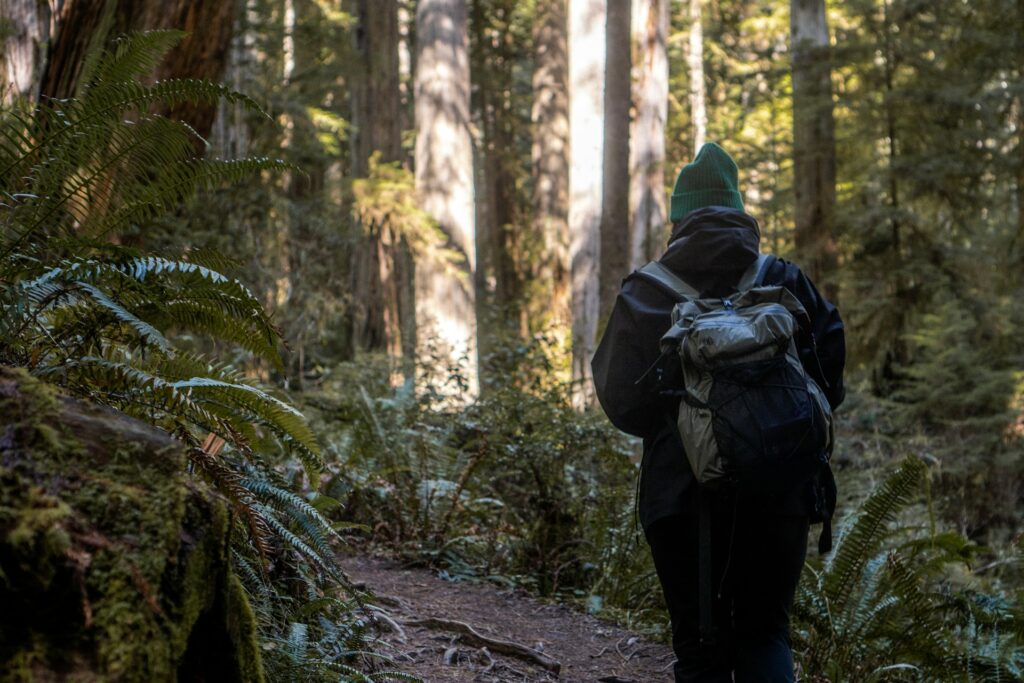
Perhaps the most important safety tool for solo trekkers is the willingness to listen to their intuition and adjust plans when necessary. If a trail feels unsafe, weather is deteriorating, or a particular area gives you an uneasy feeling, take these instincts seriously and consider alternatives. Many trekking mishaps occur when adventurers ignore warning signs—both external and internal—and push forward with original plans despite changing conditions.
Solo trekkers should prepare psychologically for the possibility of cutting a trek short, taking rest days, hiring unexpected assistance, or choosing alternate routes if safety concerns arise. Maintaining this flexibility requires leaving buffer days in your itinerary and extra funds in your budget for contingencies. Remember that the mark of an experienced trekker isn’t completing a planned route at all costs, but making wise decisions that prioritize safety while still embracing adventure.
Prepare for Emergency Scenarios
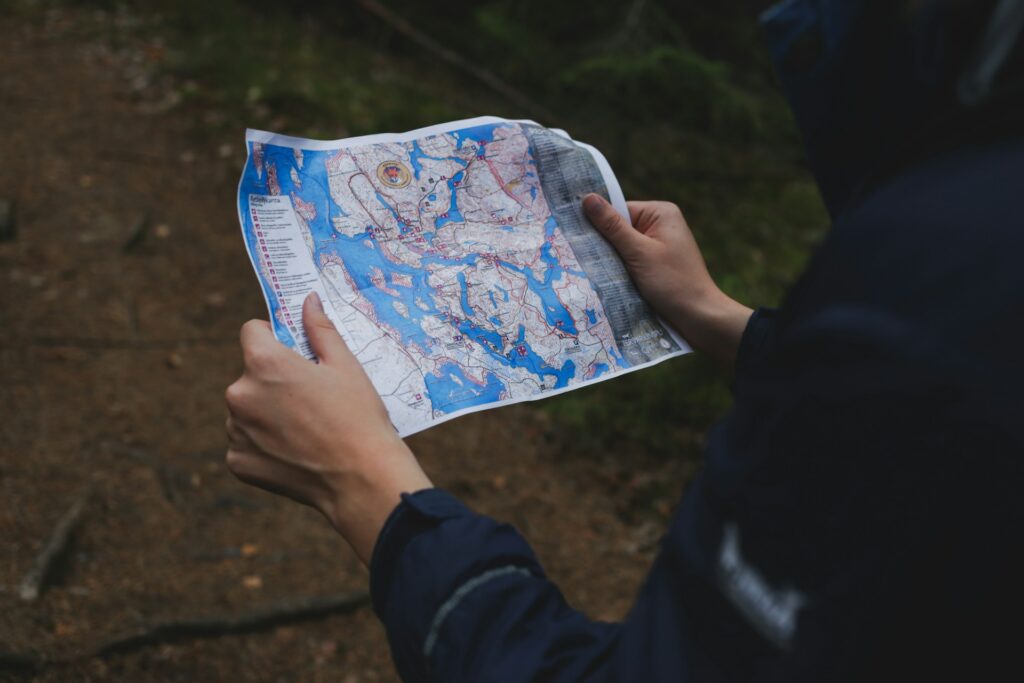
Mental preparation for potential emergencies is as important as physical preparation for solo international trekkers. Before departing, develop response plans for various scenarios you might encounter, such as illness, injury, theft, political unrest, or natural disasters. Research the emergency response capabilities in your destination country, including local emergency numbers and the nearest medical facilities to your trekking route. Understand how search and rescue operations work in your destination—in many countries, these services are limited, expensive, or non-existent compared to what Americans might expect.
Create a written emergency contact sheet in both English and the local language with your personal information, emergency contacts, medical conditions, blood type, and insurance details. This information can be crucial for first responders or good Samaritans attempting to assist you in an emergency situation.
Conclusion
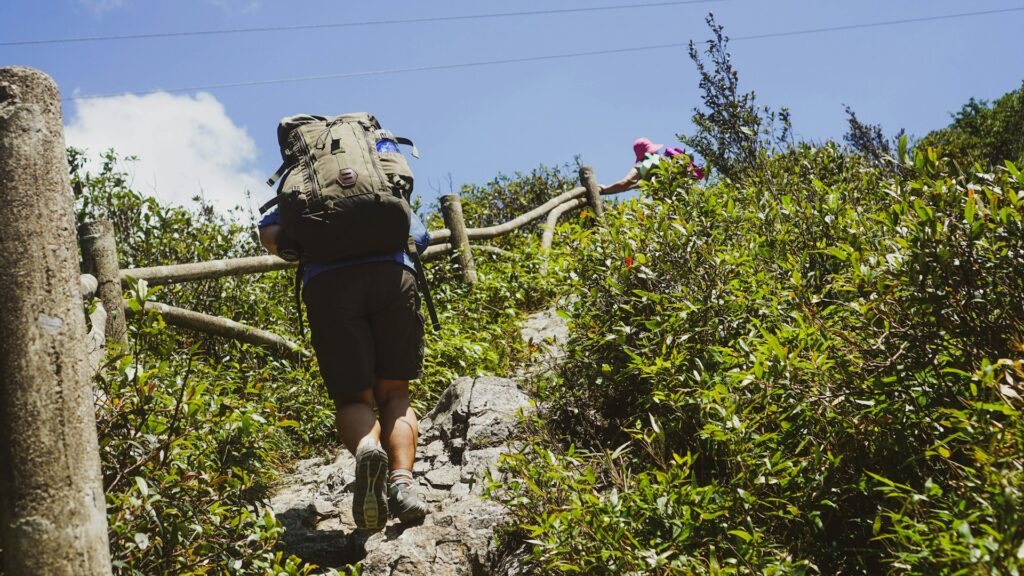
Solo trekking abroad represents one of the most rewarding ways to experience our world’s natural wonders and challenge personal limits. By balancing thorough preparation with flexibility, communication protocols with self-reliance, and cultural respect with personal boundaries, American travelers can minimize risks while maximizing the transformative potential of solo adventures.
The mountains, forests, and trails of our world offer profound opportunities for solitude and self-discovery—when approached with the right blend of caution and courage, these journeys can become defining life experiences that build confidence, perspective, and resilience that extends far beyond the trail.

